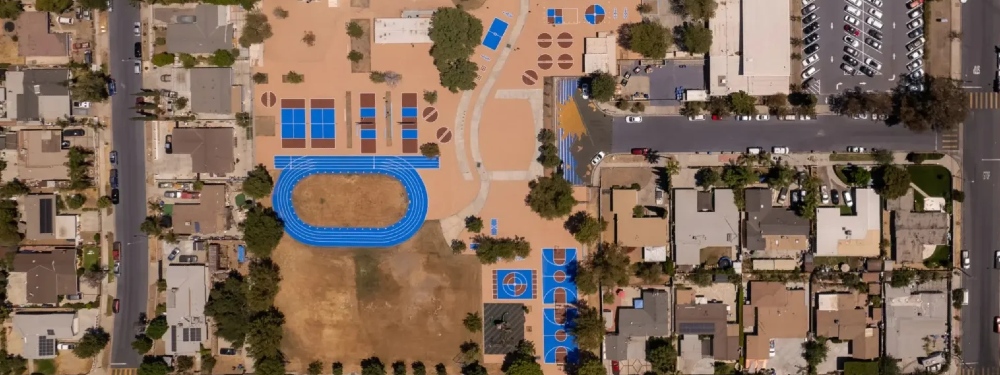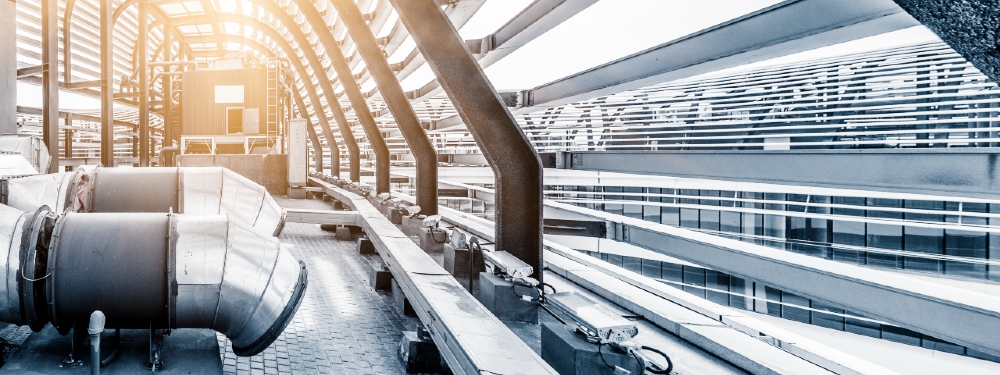Late may be better than never for holding COP26, but action on cooling cannot wait any longer.
Late may be better than never for holding COP26, but action on cooling cannot wait any longer.
As global temperatures rise, there’s increased urgency to curb greenhouse gas (GHG) emissions while also building resilience to our warming world. Action on cooling is a vital part of both these tasks, and the time to act is now. But how can stakeholders support the global transition to efficient, climate-friendly cooling?
It’s been almost two months since I joined the team here at the Clean Cooling Collaborative, and what a few months they’ve been! To say it’s been a whirlwind is definitely an understatement. When I first started, the organization was still known by its previous name – the Kigali Cooling Efficiency Program (K-CEP) – and the team was busy helping to wrap up the program’s Phase I projects and producing their 2017-2021 impact report. It was great to look back over the past four years, tabulating the significant impact of K-CEP and celebrating the countless achievements of the team and its implementing partners. But now it’s time to look ahead to continue this great work and secure new, meaningful, and urgent action on clean cooling.
Why act on cooling?
According to the World Meteorological Organization (WMO), 2020 was 1.2°C hotter than pre-industrial temperatures, which is getting dangerously close to the internationally-agreed ambition to minimize global warming to 1.5°C. In addition, the frequency, duration, and intensity of extreme heat events are on the rise, as are many other impacts of the climate crisis. Less than 100 miles from where I live in California, countless communities have fallen victim to an unprecedented number of large forest fires, with similar occurrences happening all across the globe, from Australia to Greece, and Turkey to Canada.
It’s becoming increasingly clear that we are in much need of bold action, and what better occasion to commit to such action than the 26th United Nations Climate Change Conference (COP26), which starts in just under four weeks.
Following a year-long delay of the conference due to Covid-19, there’s been growing pressure on governments and other stakeholders to make ambitious climate commitments and to follow through on pledges with timely action. And in our opinion, this must include meaningful action on cooling, which is currently responsible for around 10% of global GHG emissions. Emissions from the sector are expected to rise with the growing demand for cooling, as 3 billion additional new room air conditioners (ACs) are projected to be in use by 2050. As we see this growing demand, ensuring equitable access to clean cooling solutions is vital for climate mitigation and building resilience to our warming world.
Not only does transitioning to efficient, climate-friendly cooling on its own have significant emissions reductions potential, it’s also necessary to help accelerate the transition to clean energy. By significantly boosting the efficiency of cooling appliances, we can dramatically cut energy demand, reducing the strain on our power grids on hot days and minimizing the need for fossil fuel-based peaker plants. This shift would make the transition to a clean grid faster and cheaper.
As we near COP26, it’s promising to see momentum building around efficient, climate-friendly cooling. We’ve recently seen a few of cooling’s major players ratify the Kigali Amendment – an international agreement to phase down the use of super-polluting hydrofluorocarbons (HFCs) – announce their intention to do so, or take equivalent action (like here in the United States). There’s also been an impressive number of countries including commitments to efficient, climate-friendly cooling in their enhanced Nationally Determined Contributions (NDCs), which detail each country’s plans to reduce their national GHG emissions in line with the Paris Agreement. As of early August, 37 submitted NDCs (representing 63 countries) included commitments on cooling, with at least four more countries (Burkina Faso, Jordan, Pakistan, and Tunisia) signaling they will include action on cooling in their NDCs as part of our NDC Support Facility. On top of all of this, there’s lots happening to significantly boost the energy efficiency of cooling appliances, as seen in the Global Cooling Prize and in the Super-Efficient Appliance Deployment (SEAD) Initiative’s recent call to double the efficiency of new ACs and refrigerators.
With all that said, we still have a long way to go to secure the action needed to limit global temperature rise to 1.5°C and avoid a climate and development disaster. At least 45 countries have yet to submit their enhanced NDCs, around 71 countries still need to officially ratify the Kigali Amendment, and only 11 major cooling manufacturers (of 54) have joined the Race to Zero, which requires signatories to commit to emissions reductions in line with the Paris Agreement.
The time to act is now
While we firmly believe that all stakeholders should always be working to minimize their impact, major events like COP26 provide an occasion to demonstrate leadership and encourage collective action. We hope to see both at this year’s conference. But how can different stakeholders support the global transition to efficient, climate-friendly cooling?
National governments need to be committing to and implementing clean cooling policies like adopting ambitious minimum energy performance standards (MEPS) to improve the efficiency of cooling appliances; ratifying the Kigali Amendment to cut the use of super-polluting HFCs; developing National Cooling Action Plans (NCAPs) to ensure more equitable access to life-saving cooling solutions; or funding research and development (R&D) to support the urgent development and adoption of high-performing technologies. Furthermore, by including such policies in national commitments like NDCs, countries can demonstrate their ambition on the international stage and encourage other countries to follow suit. Global action is paramount to global success.
Local governments also have an important role to play by making our cities, states, and provinces more sustainable through localized policies. Building codes can ensure that homes, offices, and schools are energy efficient and kept cool with passive solutions like cool roofs. More thoughtful urban planning like tree cover, green spaces, and water features can minimize the urban heat island effect. Local cooling or heat action plans are also a vital tool for regional governments to pull together the various elements that can help an area adapt to climate change, protect its citizens (particularly the most vulnerable communities), and minimize cooling’s climate impact.
The private sector, in terms of both the suppliers and consumers of cooling, also needs to commit to and enact change. Cooling manufacturers are encouraged to join the race to zero by developing long-term emissions reductions plans, which should include the conversion of product lines to significantly improve the efficiency of their appliances and transition to refrigerants with ultra-low global warming potential (GWP). They also need to invest more in R&D to speed up this transition. Organizations that consume large amounts of cooling, such as supermarkets and refrigerated warehouses, can commit to the transition through their purchasing decisions, for example by choosing clean cooling equipment over polluting alternatives.
And finally, financial institutions can show their commitment by directly investing money in programs that will improve the affordability and accessibility of efficient, climate-friendly cooling, such as cooling-as-a-service business models, on-wage financing schemes, or leasing programs.
What next?
Even more important than securing such commitments, is ensuring that stakeholders are held accountable to their pledges and urgent action is taken to implement changes. There’s no merit in committing to change if the steps aren’t taken to actually make the change.
I’m optimistic that COP26 will be a success and that cooling will be one of the sectors actively discussed. I’m also confident that it will be just the start of what’s to come in terms of both commitments and meaningful action.
—
This is the first post in a short series of blogs in the run up to (and during) COP26. In it, we will be looking at some of the topics that are at the top of our list. You will hear from a few of the Clean Cooling Collaborative team, as well as some of our wise implementing partners. Keep an eye on our Twitter for the latest posts.



